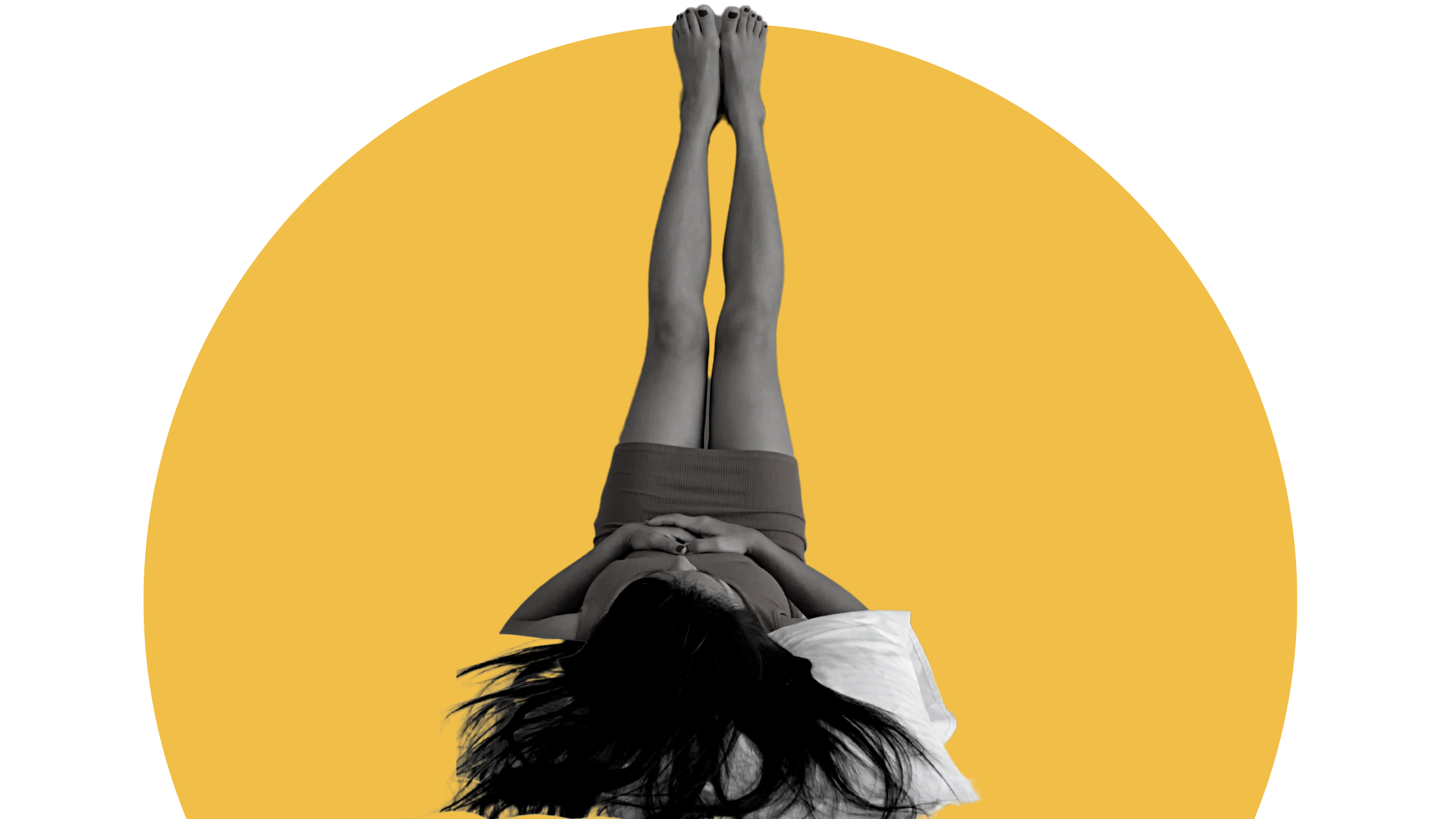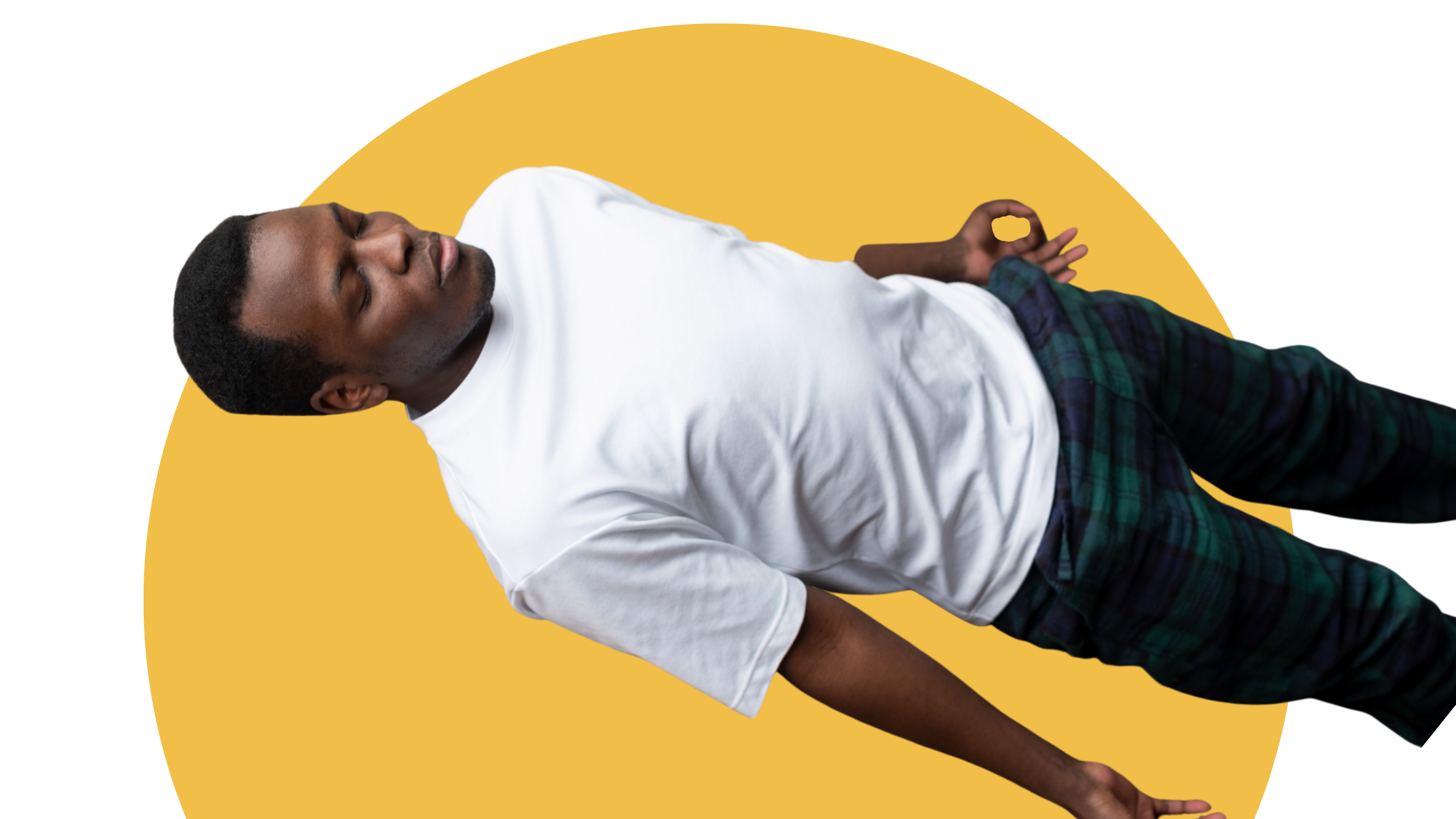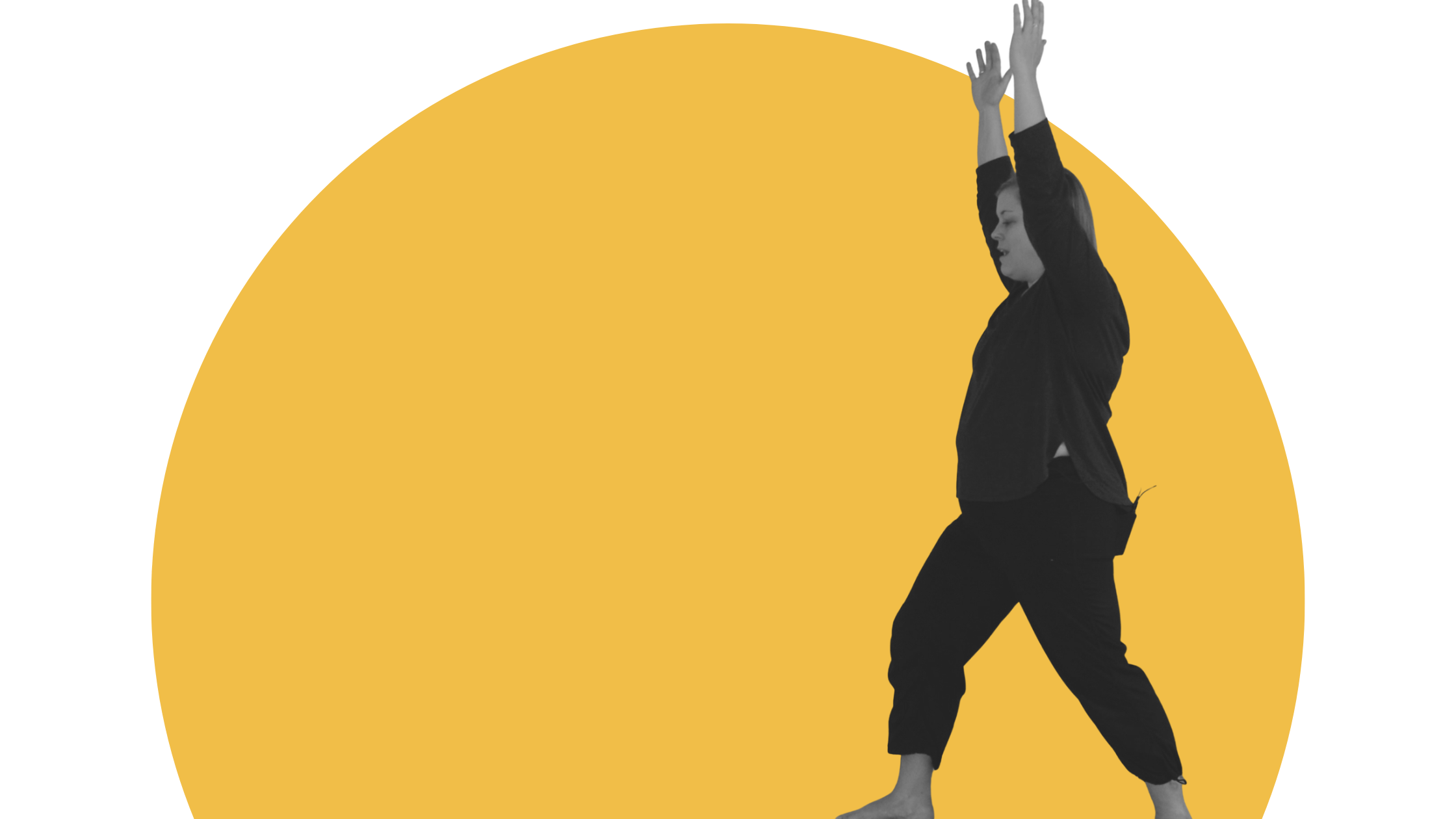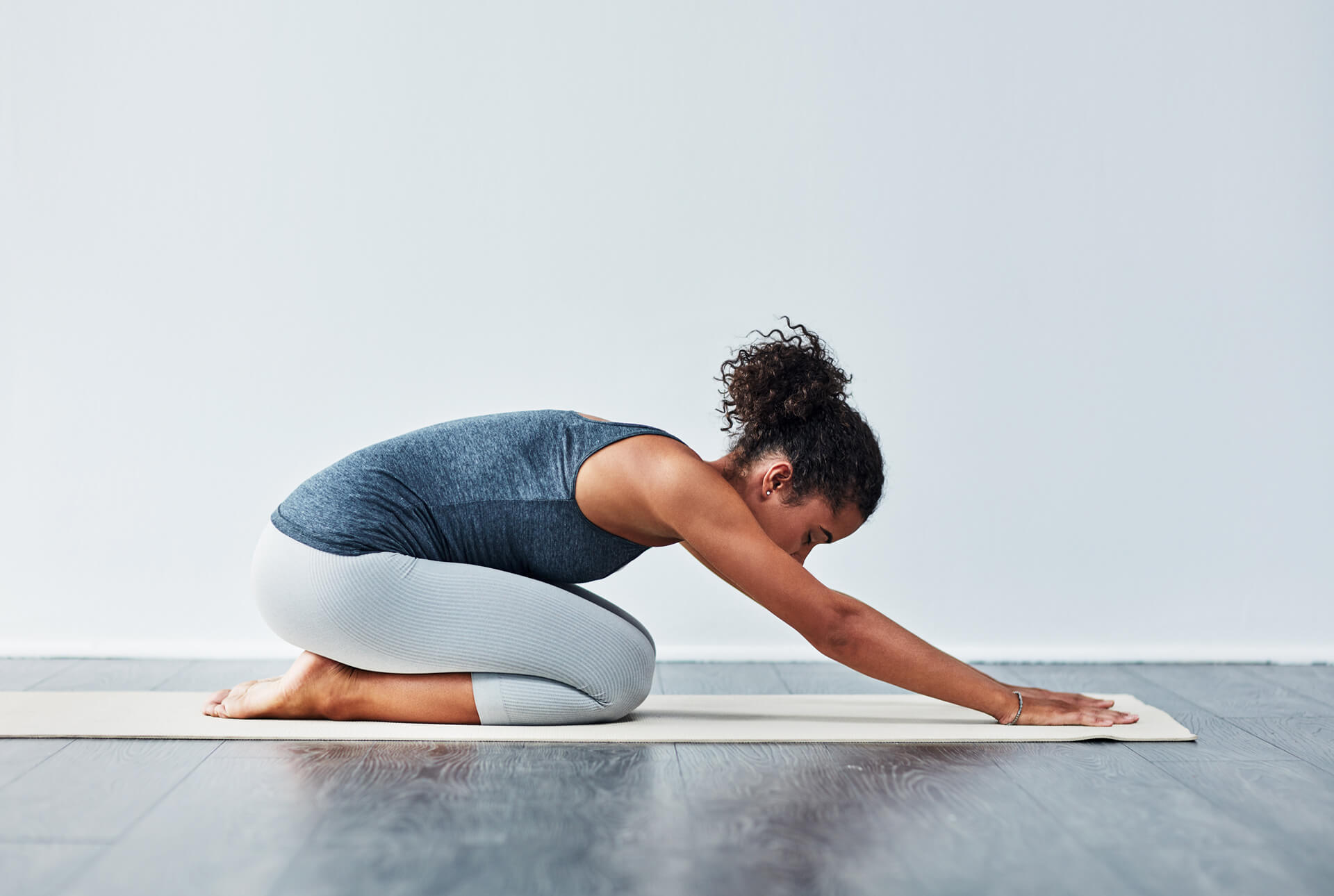
The Dos & Don’ts of a Physical Yoga Practice
Do you ever SHOULD all over yourself in terms of your yoga practice?
Thinking your body should do something, your yoga practice should be a certain way. Today we’re sharing some of the dos and don’ts of your physical yoga practice and how to approach your practice with more ease, grace and acceptance.
The first don’t of your physical yoga practice is: don’t assume your practice will look like anyone else’s practice.
When we see Instagram influencers and all sorts of images of what we assume is the ‘perfect’ pose, we might think that’s what yoga is all about. We’re here to bust that myth because your body is your body and only you can understand what works for it. Trying to force your body into different shapes and positions could result in injury if we’re not mindful.
When we look at our body from an anatomy perspective we can begin to understand why your yoga practice doesn’t need to look like anyone else’s yoga practice. Your pelvic bones are not shaped like anyone else’s pelvic bones. They could be more open, they could be more closed in. The top of your hip crest could be larger or it could be shaped differently. The top of the femur could be larger or smaller than somebody else’s. It could insert into your hip socket at a different angle. These are all things we don’t know and don’t want to assume so the best way to respond to your anatomy and how your anatomy works is for you to feel into your body and develop that mind-body connection.
If your body telling you something is too tight, something doesn’t feel right, that is information for you about how your body works so it’s important to respond to that with care. If you don’t listen and instead keep pushing and forcing, over time that could result in injury because you might be lengthening ligaments too much.
We’re not looking for the ‘perfect’ shape because that’s not honouring and respecting our body. We do want our yoga to feel great to us.
That’s the ultimate point of yoga: to develop self-compassion, self-authority to navigate the world in a way that feels true to us and one of the ways we do that is through honouring our body. You want to respond to what you feel and get into the shapes and poses in a way that makes sense for you and your body.
The next don’t is: don’t assume your yoga practice will be the same from day to day.
In our bodies, in our lives, things change so much daily so if we expect our yoga practice to be exactly the same always, that’s another place where we might get injured, or experience judgement and frustration because of our expectations.
What we’ve eaten, our hydration level, our movement over previous days, less sleep, more stress, these are all things that can impact how our yoga practice looks and feels on any given day. Practicing radical acceptance, really landing in our body, being responsive to how it feels and accepting the messages that our body is sending us is key.
If we can learn to accept that our body changes from day to day, and we can learn to honour that on our yoga mat, we can also learn to honour and respect other things in life. This ultimately leads to a deeper sense of peace because we’re not fighting against what’s present in the moment.
The third don’t of your yoga practice is: don’t give away authority over your body to anyone else.
I’ve done this where I’ve listened to a yoga teacher and done things that didn’t feel right for my body which resulted in either physical injury, or in me not feeling into my own power.
Deferring to someone else to assume they know what is right for us is disempowering. The yoga industry is full of teachers who will tell you how your body should move or what you should be able to do which ultimately undermines the fact yoga is about you, developing sovereignty, freedom and trust in yourself to make the right decisions for you at all times.
In your yoga practice this may look like pushing your edge a little more on one day and on another coming down into a child’s pose to rest. It’s all okay. Stay centered in yourself.
The last don’t is: don’t force and push.
We never want to have pain in our yoga practice. If we’re pushing so far into that sensation, we’re pushing our body or our joints so far that we start to feel pain that means we’ve gone too far and we could get hurt. We never want to push towards pain, we want to protect our bodies.
Trust your body to give you information about where you might need support to make something feel better, this could be a block, cushion or a blanket under the knees or hips. Props can be used as comforting support and as a way for supporting your body’s anatomical needs.
Ultimately, we want to move through our yoga practice with ease, with a sense of trust about the messages our body is sending us so we can respond to that and develop a really healthy physical practice that supports and nourishes us for a long, long time.
We’d love to know, how do you make your practice your own? Leave us a comment below!
Much peace to you,
Angie & the Gentle Yoga Team






